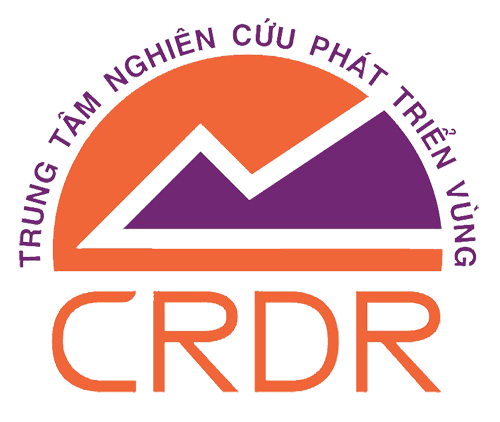When it comes to business and legal transactions, bilateral agreements play a crucial role in ensuring mutual understanding and protection between parties. These agreements, also known as bilateral lending agreements, facilitate cooperation and define the terms and conditions under which parties collaborate.
In Japan, for example, a letter of agreement written in Japanese is a common practice to solidify a business deal. This document outlines the agreed-upon terms and serves as a legally binding contract.
One sector that heavily relies on these agreements is the construction industry. Contractors, in particular, often wonder about the average salary for a contractor. Understanding this information helps them negotiate fair compensation and ensure a successful partnership.
Additionally, a unique type of agreement known as a coattail agreement is gaining popularity. This agreement allows independent contractors to benefit from the success and resources of a larger company.
In the public sector, collective agreements are essential for maintaining fair working conditions. For instance, the pm collective agreement 2020 outlines the terms of employment for public service employees, ensuring their rights and benefits are protected.
When it comes to real estate transactions, an agreement of sale in respect of immovable property is commonly used. This legally binding document specifies the terms and conditions of the property sale, protecting the rights and interests of both the buyer and the seller.
Moreover, different industries often use specific terms and agreements to describe similar concepts. For example, in the IT field, a different word for service level agreement could be a service level commitment or an operational level agreement.
It is crucial to have legally sound agreements when engaging in business or personal transactions. In Canada, a sample pad agreement is commonly used to establish clear terms and conditions for a variety of purposes.
Whether you are an interior designer in Australia or any other part of the world, having a comprehensive interior design contract template is essential. This agreement ensures that both the designer and the client are on the same page regarding project expectations, timelines, and fees.
In conclusion, bilateral agreements are vital in numerous industries, safeguarding the interests of all parties involved. They serve as a legal document that establishes clear guidelines, prevents misunderstandings, and promotes successful collaborations.
